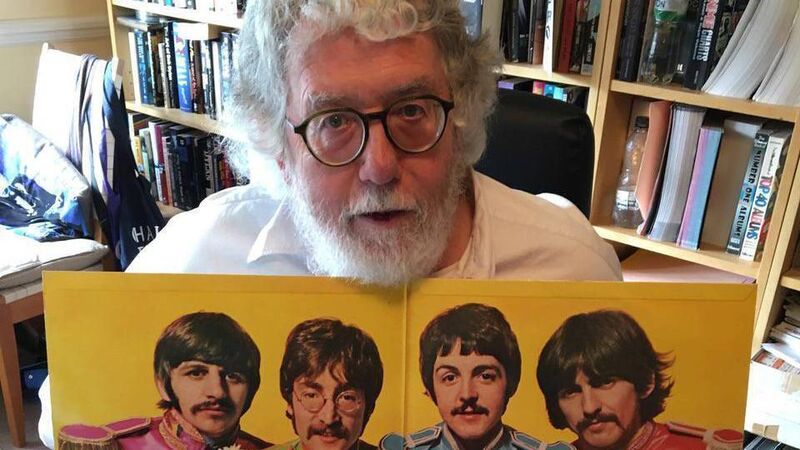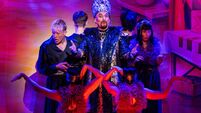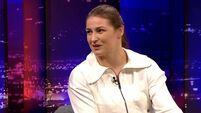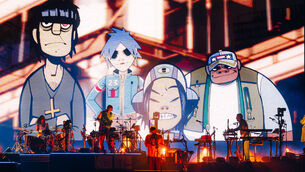Author interview: When something about brand Beatles strikes a chord

Patrick Humphries with his Sgt Peppers LP. He interviewed three of The Beatles in person, but unfortunately not John Lennon.
- With the Beatles
- Patrick Humphries
- Great Northern Books, €23.85




